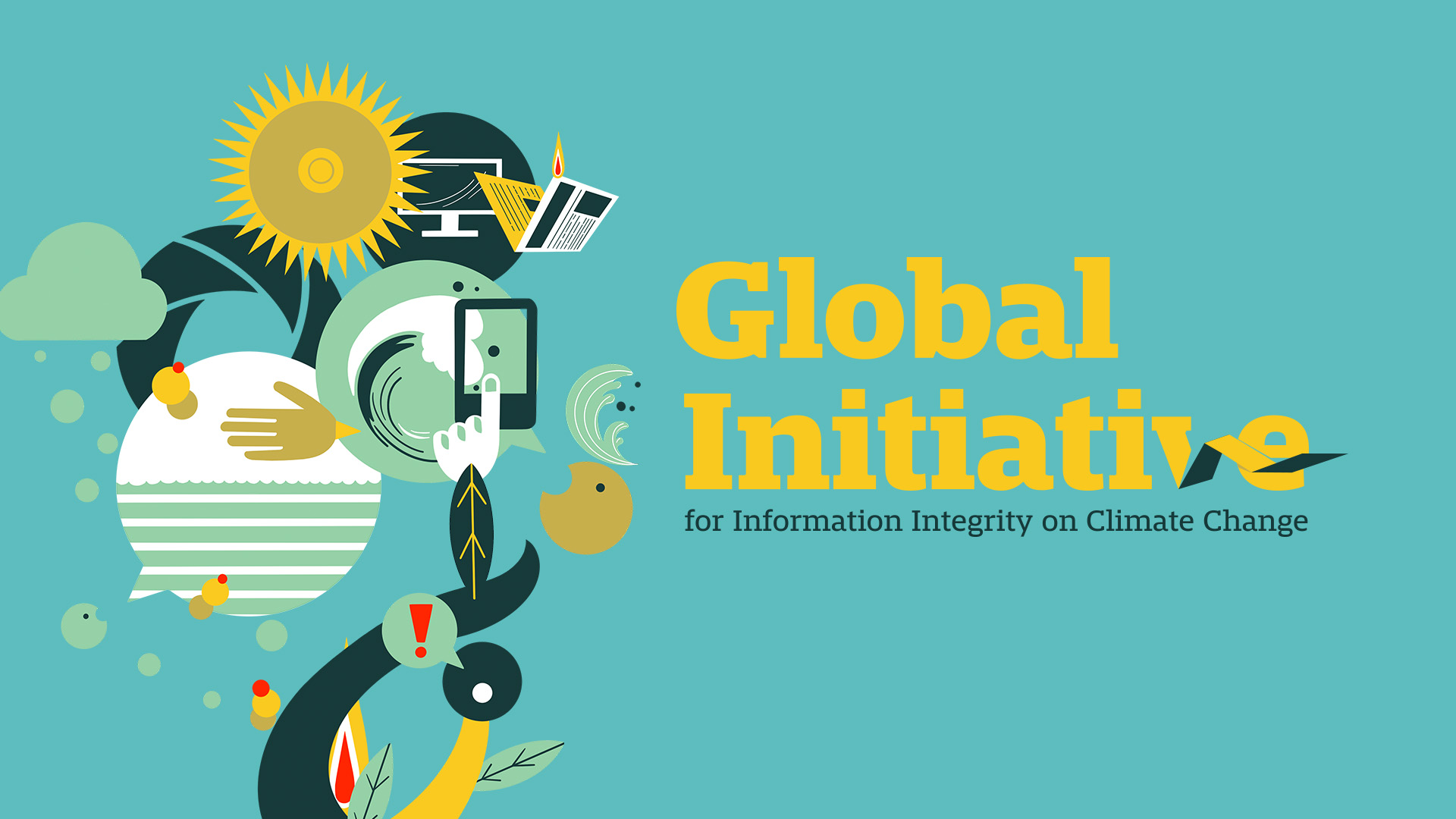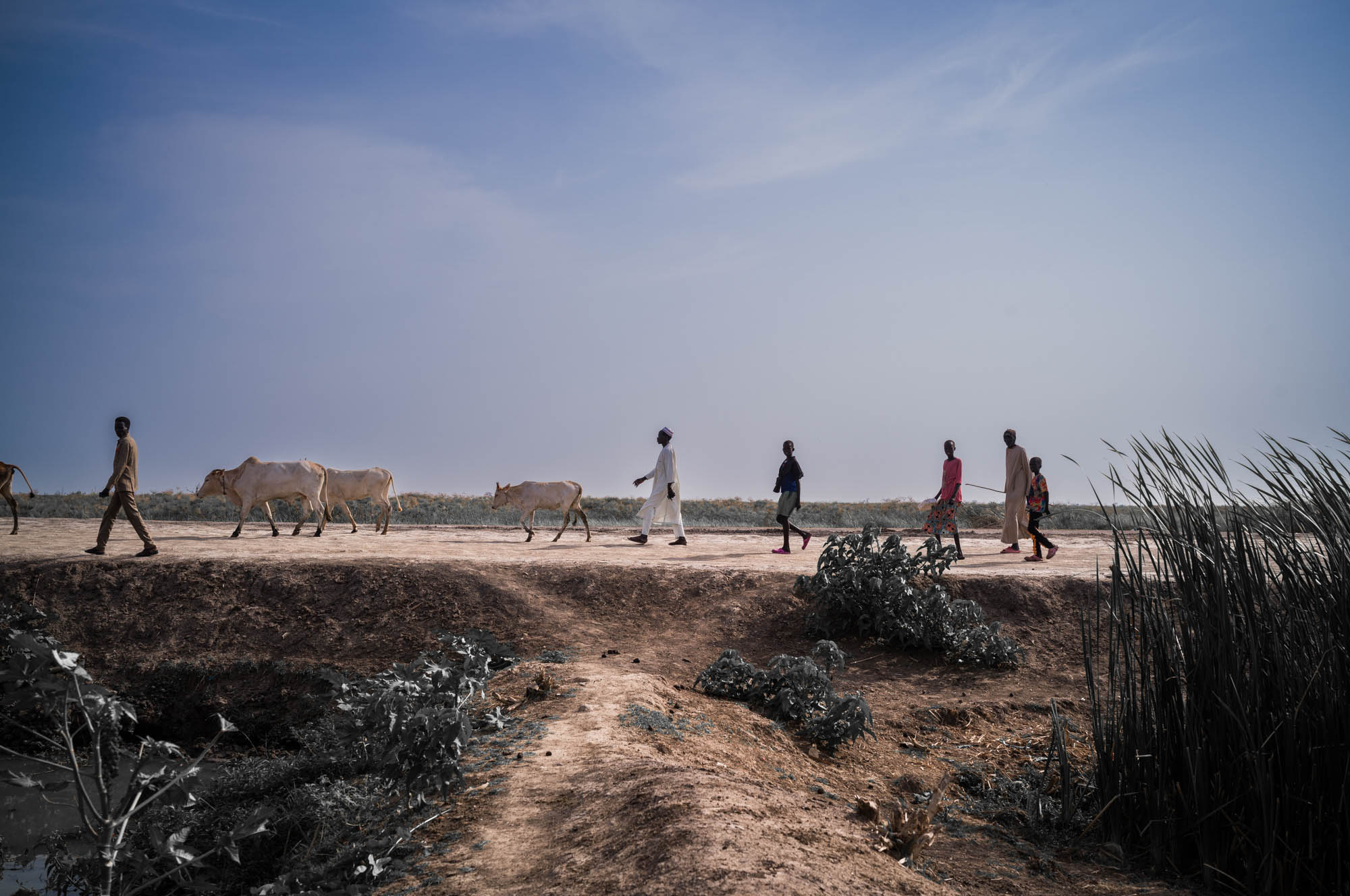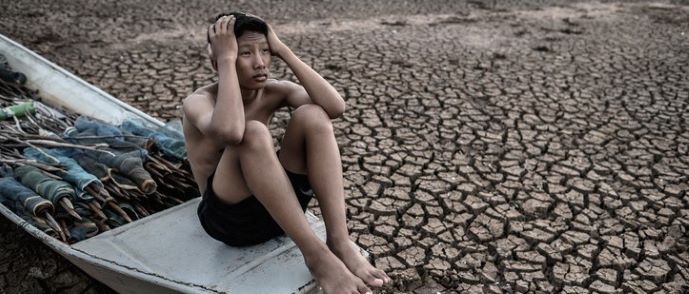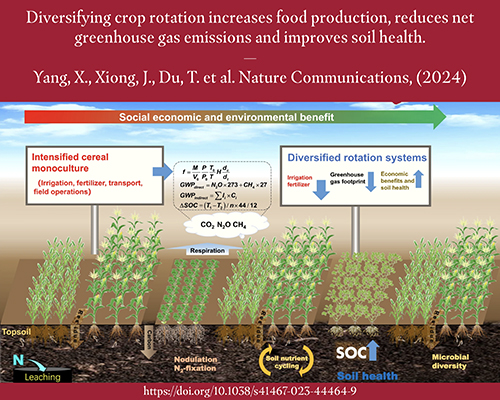Report on Climate Finance and Sustainable Development Goals (SDGs)
Introduction
Despite numerous global commitments and financial innovations, climate finance continues to fall short in reaching the regions most vulnerable to climate change. Countries facing the greatest climate threats often lack the financial capacity to invest effectively in adaptation and resilience. Adaptation—the process of building resilience to climate impacts—remains significantly underfunded, posing a critical challenge to achieving the Sustainable Development Goals (SDGs), particularly SDG 13 (Climate Action), SDG 1 (No Poverty), and SDG 11 (Sustainable Cities and Communities).
A Climate Finance System Built to Fail the Most Vulnerable
According to the Climate Policy Initiative’s (CPI) Global Landscape of Climate Finance 2025, annual global climate finance reached a record $1.9 trillion in 2023, more than tripling over six years. Between 2021 and 2023, climate finance grew by an average of 26% per year, outpacing the 8% annual growth from 2018 to 2020. If sustained, this growth could lead to $6 trillion in annual climate investment by 2028.
However, this growth still leaves a significant gap between current investments and the financial requirements to meet climate goals. Estimates suggest:
- Energy sector alone may require up to $2.4 trillion annually.
- Aligning with the Paris Agreement demands approximately $5.6 trillion per year from 2025 to 2030.
- Including industry, buildings, transport, adaptation, and resilience, total needs could reach $8.6 trillion annually by 2030.
This funding gap threatens the achievement of SDG 7 (Affordable and Clean Energy), SDG 9 (Industry, Innovation, and Infrastructure), and SDG 13 (Climate Action).
Challenges in Emerging Markets
Emerging markets face a vicious cycle where increased climate risk elevates sovereign risk, leading to higher borrowing costs and reduced fiscal space for adaptation investments. This cycle exacerbates vulnerability and hinders progress toward SDG 10 (Reduced Inequalities) and SDG 1 (No Poverty).
Professor Ulrich Volz, Director of the Centre for Sustainable Finance at SOAS, highlighted that this systemic failure disproportionately affects the Global South, emphasizing the urgent need to rebuild the climate finance system to better serve vulnerable populations.
Disparities in Climate Finance Allocation
Data from CPI indicates that only about 10% of total climate finance is allocated to adaptation, with no significant upward trend. The majority of funds target mitigation efforts, such as clean energy and emission reductions, which are easier to measure and attract private capital.
The Measurement Bias in Climate Finance
Mitigation investments benefit from quantifiable metrics like CO₂ emissions reductions and financial returns through carbon markets or energy savings, facilitating private sector participation. In contrast, adaptation projects—such as infrastructure strengthening, early warning systems, and climate-resilient agriculture—deliver diffuse and delayed benefits, making them harder to quantify and less attractive to investors.
This measurement bias results in a financial system that favors mitigation over adaptation, despite adaptation’s critical role in managing climate impacts and supporting SDG 13 (Climate Action) and SDG 2 (Zero Hunger).
Adaptation: Undervalued and Underfunded
- Climate finance is predominantly debt-based, with grants comprising only 6% of flows, despite their importance for adaptation and public goods.
- Concessional finance has not scaled sufficiently to meet adaptation needs.
- The complexity and context-specific nature of adaptation projects, coupled with unclear commercial returns, contribute to chronic underfunding.
Amal-Lee Amin, Managing Director at British International Investment (BII), emphasized the business case for adaptation through improved data and performance-based approaches that reduce perceived risks and lower capital costs, thereby supporting SDG 8 (Decent Work and Economic Growth) and SDG 13 (Climate Action).
Limitations of Financial Tools
Despite innovations such as green bonds, blended finance, and SDG-linked debt, access to capital remains limited, especially for emerging economies. Challenges include:
- Technical complexity and documentation requirements that exclude many potential issuers.
- Development finance institutions (DFIs) often focusing on low-risk assets, leaving higher-risk but critical projects underfunded.
These limitations hinder progress toward SDG 9 (Industry, Innovation, and Infrastructure) and SDG 17 (Partnerships for the Goals).
From Risk Transfer to Risk Sharing
Simon Zadek, founding partner of Morphosis, criticized the prevalent practice of “de-risking” as mere risk transfer from private investors to public taxpayers, raising concerns about sustainability and equity in climate finance.
Zadek identified remittances—totaling nearly $700 billion annually to low- and middle-income countries—as a largely untapped source of resilience capital that could be mobilized to support adaptation investments and advance SDG 1 (No Poverty) and SDG 10 (Reduced Inequalities).
Innovations and Their Limits
Emerging financial innovations include:
- CoRAL Bonds (Contingent Resilience-Linked Bonds): Reduce interest payments for countries meeting resilience targets.
- Climate-Resilient Debt Clauses (CRDCs): Allow countries to defer debt payments after disasters without defaulting, providing liquidity relief.
Shakira Mustapha from the Centre for Disaster Protection highlighted the importance of CRDCs for fiscal management in climate-vulnerable countries.
However, scaling these tools requires global coordination, regulatory support, and a fundamental rethinking of financial risk allocation to align with SDG 17 (Partnerships for the Goals).
Rethinking the Financial Architecture
Panelists concurred that addressing climate finance challenges demands more than incremental changes to financial instruments. Key recommendations include:
- Empowering small and medium-sized enterprises (SMEs) to participate in climate finance.
- Strengthening domestic capital markets in vulnerable countries.
- Simplifying debt instruments to improve accessibility.
- Monetizing resilience to incentivize adaptation investments.
Simon Zadek warned that traditional risk-based financial solutions may become ineffective as global temperatures approach 2–3°C increases, underscoring the urgency to innovate finance mechanisms to prevent exacerbating climate risks.
Conclusion
The world faces a critical juncture where ecological and economic tipping points intersect. Without rapid evolution in climate finance systems—particularly increased funding and recognition for adaptation—the global community risks undermining the achievement of multiple Sustainable Development Goals, including SDG 1 (No Poverty), SDG 13 (Climate Action), and SDG 17 (Partnerships for the Goals).
1. Sustainable Development Goals (SDGs) Addressed or Connected to the Issues Highlighted in the Article
- SDG 13: Climate Action
- The article focuses heavily on climate finance, adaptation, resilience to climate change, and meeting the Paris Agreement goals, all central to SDG 13.
- SDG 1: No Poverty
- Vulnerability of emerging markets and low-income countries to climate risks and their limited fiscal space to invest in adaptation links to poverty reduction efforts.
- SDG 7: Affordable and Clean Energy
- Investment in clean energy and mitigation technologies is discussed as part of climate finance.
- SDG 9: Industry, Innovation and Infrastructure
- References to infrastructure resilience, innovative financial tools, and technology-driven solutions relate to this goal.
- SDG 17: Partnerships for the Goals
- The need for global coordination, regulatory backing, and innovative partnerships in climate finance is emphasized.
2. Specific Targets Under Those SDGs Identified Based on the Article’s Content
- SDG 13: Climate Action
- Target 13.1: Strengthen resilience and adaptive capacity to climate-related hazards and natural disasters in all countries.
- Target 13.a: Implement the commitment undertaken by developed-country parties to the UNFCCC to mobilize $100 billion annually by 2020 to address the needs of developing countries in the context of meaningful mitigation actions and transparency on implementation.
- SDG 1: No Poverty
- Target 1.5: Build the resilience of the poor and those in vulnerable situations and reduce their exposure and vulnerability to climate-related extreme events and other economic, social and environmental shocks and disasters.
- SDG 7: Affordable and Clean Energy
- Target 7.a: Enhance international cooperation to facilitate access to clean energy research and technology, including renewable energy, energy efficiency and advanced and cleaner fossil-fuel technology.
- SDG 9: Industry, Innovation and Infrastructure
- Target 9.1: Develop quality, reliable, sustainable and resilient infrastructure, including regional and transborder infrastructure, to support economic development and human well-being, with a focus on affordable and equitable access for all.
- SDG 17: Partnerships for the Goals
- Target 17.3: Mobilize additional financial resources for developing countries from multiple sources.
- Target 17.17: Encourage and promote effective public, public-private and civil society partnerships, building on the experience and resourcing strategies of partnerships.
3. Indicators Mentioned or Implied in the Article to Measure Progress Towards the Identified Targets
- Climate Finance Volume
- Annual global climate finance flows (e.g., $1.9 trillion in 2023, projected $6 trillion by 2028) measure the scale of investment towards climate action.
- Proportion of Climate Finance Allocated to Adaptation
- Only about 10% of total climate finance currently goes toward adaptation, indicating a measurable gap in funding allocation.
- Growth Rate of Climate Finance
- Annual growth rates of climate finance (26% between 2021-2023) serve as indicators of progress.
- Investment Needs vs. Actual Investment
- Estimates of required investment (e.g., $8.6 trillion per year by 2030 for 1.5°C pathway) compared to actual investments indicate progress gaps.
- Private Climate Finance Levels
- Private climate finance exceeding $1 trillion in 2023 reflects private sector engagement.
- Use of Financial Instruments
- Metrics on the use of grants (6% of flows), concessional finance, green bonds, and innovative tools like CoRAL Bonds and climate-resilient debt clauses can serve as indicators of financial innovation and accessibility.
- Reduction in Borrowing Costs and Risk Perception
- Indicators related to cost of capital and risk management effectiveness, though implied, are important for measuring adaptation finance success.
4. Table of SDGs, Targets, and Indicators
| SDGs | Targets | Indicators |
|---|---|---|
| SDG 13: Climate Action |
|
|
| SDG 1: No Poverty |
|
|
| SDG 7: Affordable and Clean Energy |
|
|
| SDG 9: Industry, Innovation and Infrastructure |
|
|
| SDG 17: Partnerships for the Goals |
|
|
Source: forbes.com







